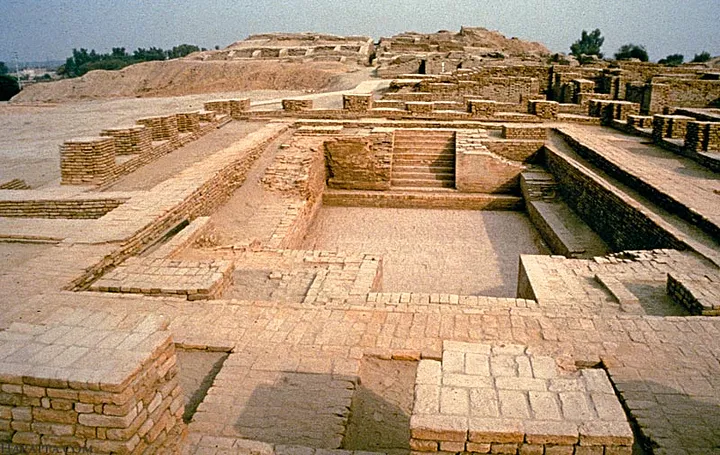Harappan story. The Story of Harappan Civilisation
Harappan story. The Story of Harappan Civilisation
The discovery of a unique and expansive civilization in the northwestern region of India was made by the Archaeological Survey of India in 1921-22. The two urban centers of Harappa and Mohenjo-Daro were the first sites excavated, and later archaeologists uncovered other cities such as Kalibangan, Kot Diji, Chanhu-daro, Dholavira, Banwali, and Sutkagendor. The entire civilization was named after Harappa.
The Harappan civilization, which is characterized by seals, beads, weights, stone blades, and baked bricks, existed between 2600 and 1900 BC. There were earlier and later cultures known as Early Harappan and Later Harappan, respectively. The mature Harappan period is marked by the use of carbon-14 dating and is estimated to have occurred from C. 2800/2900-1800 BC.
The Harappan civilization was spread across Afghanistan, Sind, Beluchistan, Jammu, Punjab, northern Rajasthan, Kathiawar, and Gujarat, with the Kalibangan-Mohenjo-Daro region serving as the center of the civilization. The Harappan civilization was renowned for its impressive urbanization and advanced town planning, evident in the design of the major centers like Harappa, Mohenjo-Daro, Kalibangan, Lothal, Sutkagen-Dor, and Dholavira. The civilization also developed remarkable achievements like a drainage system, granary, dockyard, public bathing place, and buildings made of bricks.
Agriculture was an important aspect of the Harappan civilization, and the people cultivated wheat, barley, peas, dates, sesame, mustard, and rice. The Harappans also used some sort of wooden plough for cultivation, and irrigation was largely dependent on the irregular flooding of the rivers in Punjab and Sind.
The Harappan civilization was known for its craftsmanship, with various sculptures, seals, pottery, gold jewelry, figurines in terracotta, bronze, and steatite, shell works, ceramics, agate, and glazed steatite bead making. The people of Harappan civilization also had knowledge of metalworking, mining, constructing multi-story buildings, and making long-lasting paints and dyes.
It is unclear what sort of political administration existed in the Harappan civilization, but the volume of products utilized by the residents of the larger towns suggests the presence of a centralized authority, possibly a class of merchants. The Harappans worshipped the mother goddess as the symbol of fertility, and some trees were considered sacred. Some people buried their dead in graves, which often contained household pottery, ornaments, and mirrors belonging to the deceased.
The decline of the Harappan civilization was not sudden but rather occurred gradually due to the overutilization of resources and an increase in population, leading to a process of de-urbanization.

.png)




.jpg)
